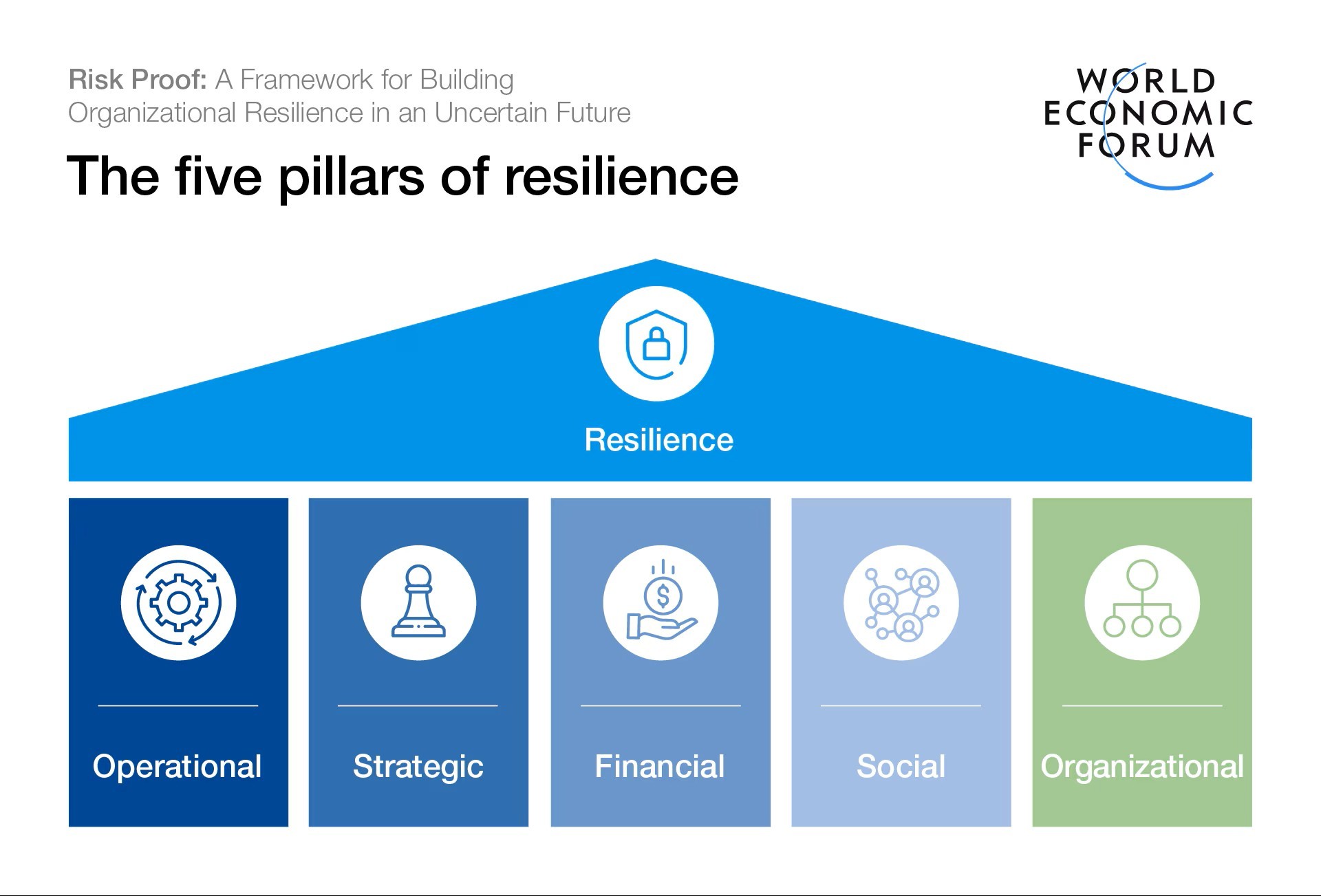Remote Leadership: Managing Distributed Teams Effectively
Proven strategies to lead remote teams while maintaining collaboration, culture, and performance.
1. Establish Clear Communication Norms
Set expectations for response times, preferred channels (chat, email, video), and meeting cadence to avoid confusion.
2. Leverage Collaboration Tools
Adopt tools like Slack, Microsoft Teams, Notion, or Asana to keep teams aligned and projects on track.
3. Prioritize Outcomes Over Hours
Focus on results and deliverables, not micromanaging work hours. This empowers team members and builds trust.
4. Foster Team Culture
Celebrate wins, host virtual coffee chats, and create shared spaces for informal interactions to maintain a sense of belonging.
5. Encourage Autonomy & Accountability
Provide clarity on goals and let team members decide how to achieve them. Accountability should be mutual, not top-down.
6. Ensure Well-Being & Work-Life Balance
Watch for burnout and encourage regular breaks. Promote flexible schedules that respect personal time zones.
7. Develop Leadership Presence Online
Regular check-ins, transparent updates, and visible support for the team build trust and credibility even at a distance.
8. Invest in Remote Skills Training
Upskill managers and employees in remote communication, time management, and asynchronous workflows.
9. Address Challenges Proactively
Be quick to resolve conflicts, miscommunications, or performance issues before they escalate in a remote setting.
10. Continuously Improve Processes
Gather feedback regularly and iterate on workflows to keep the remote setup efficient and engaging.




Leave a Comment